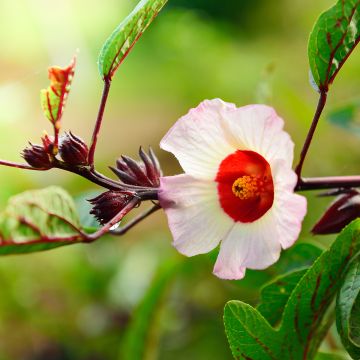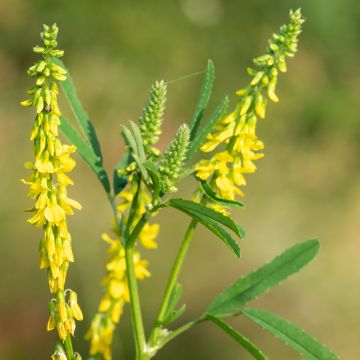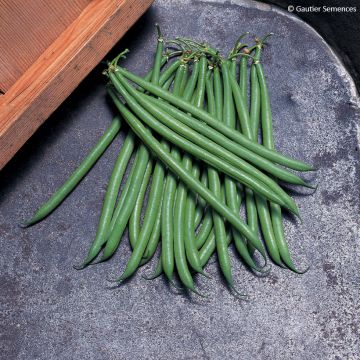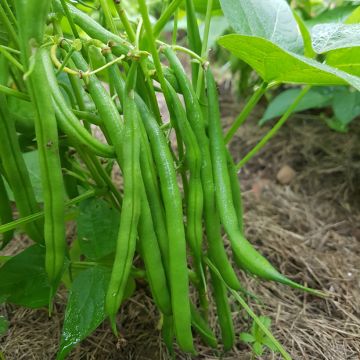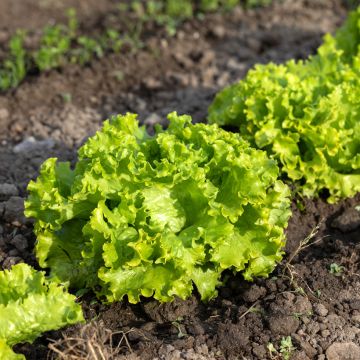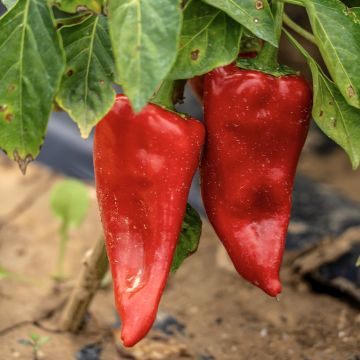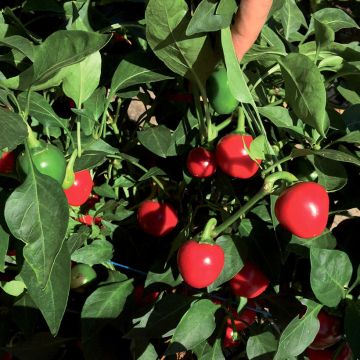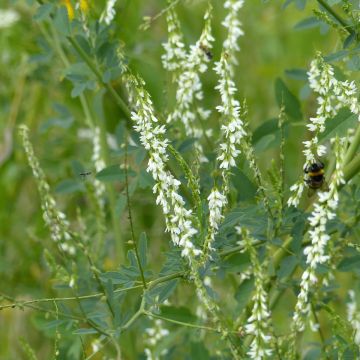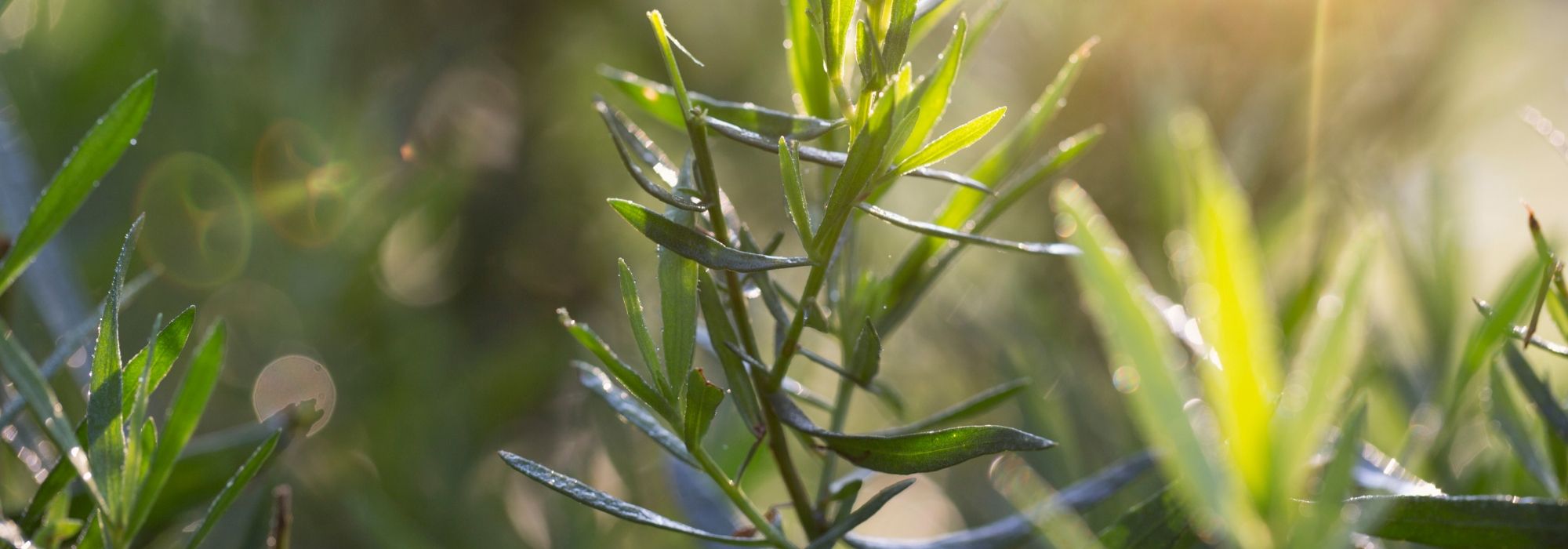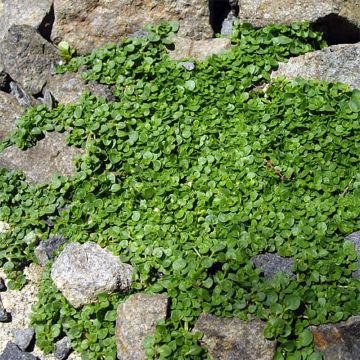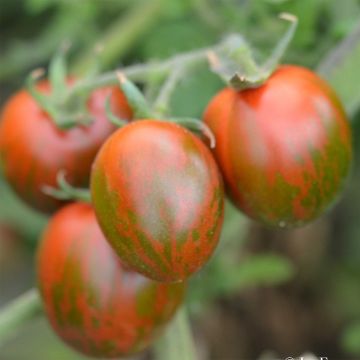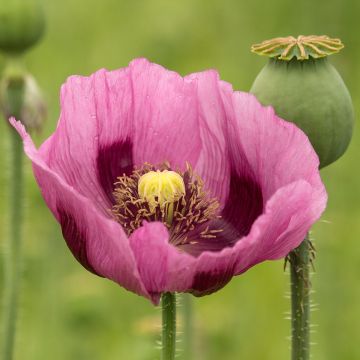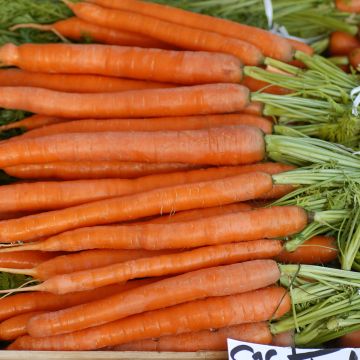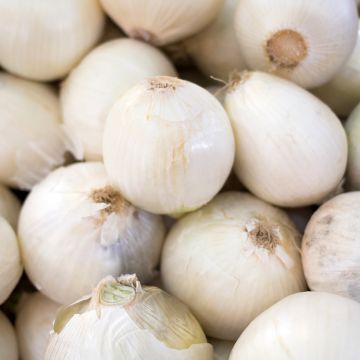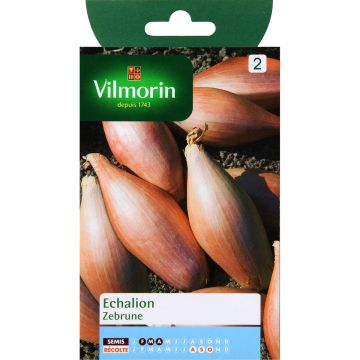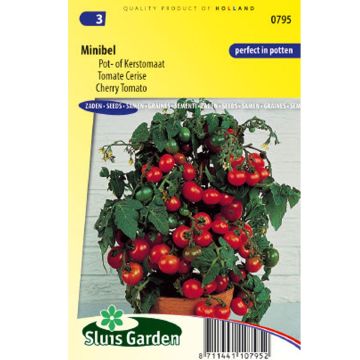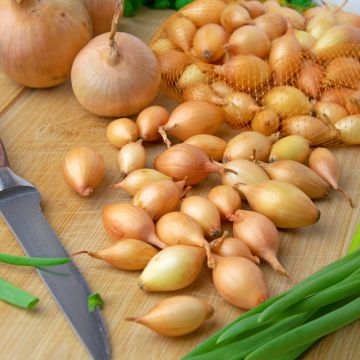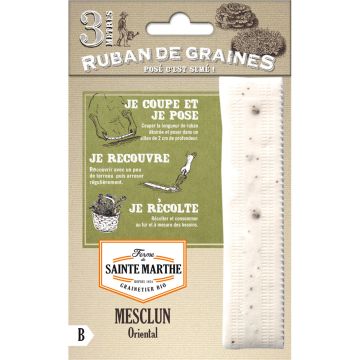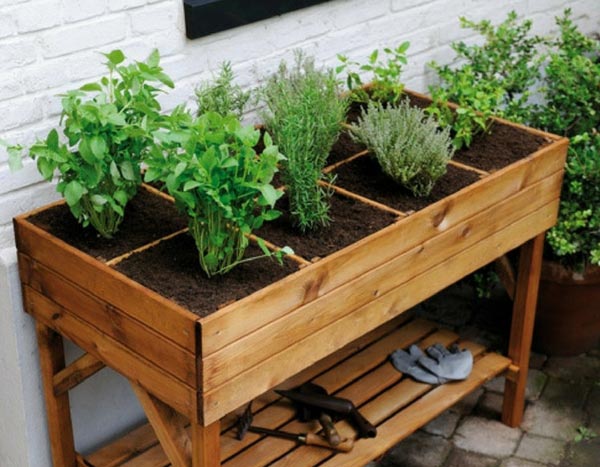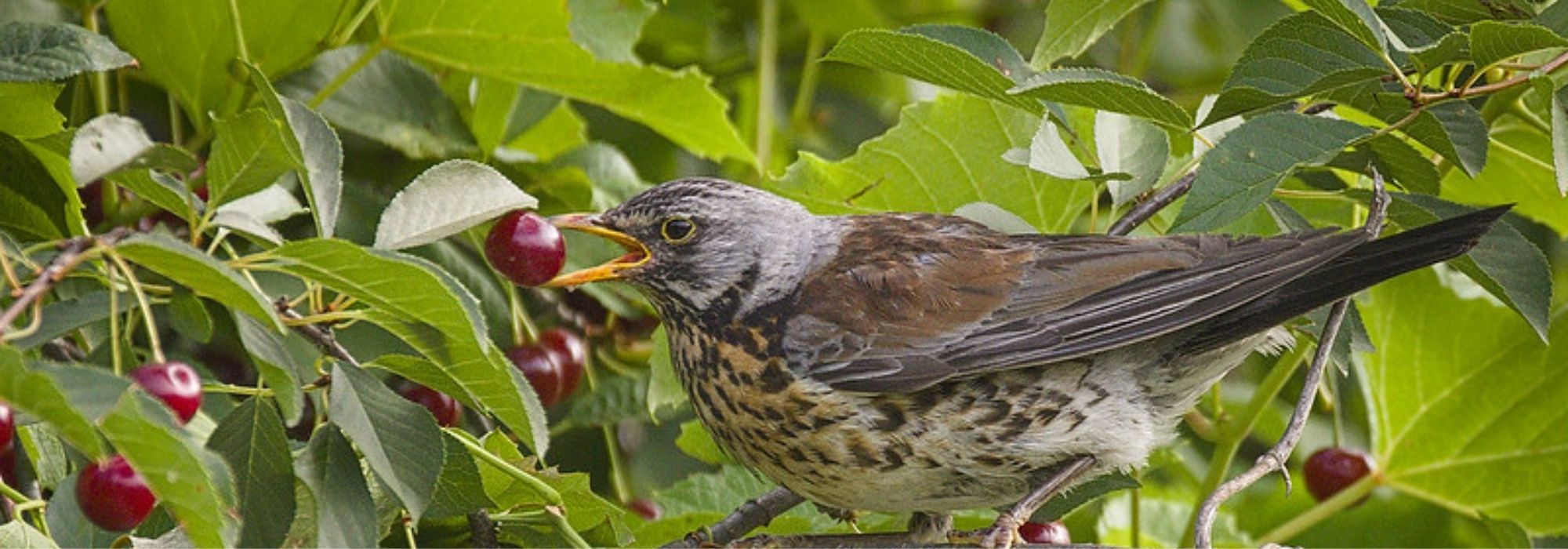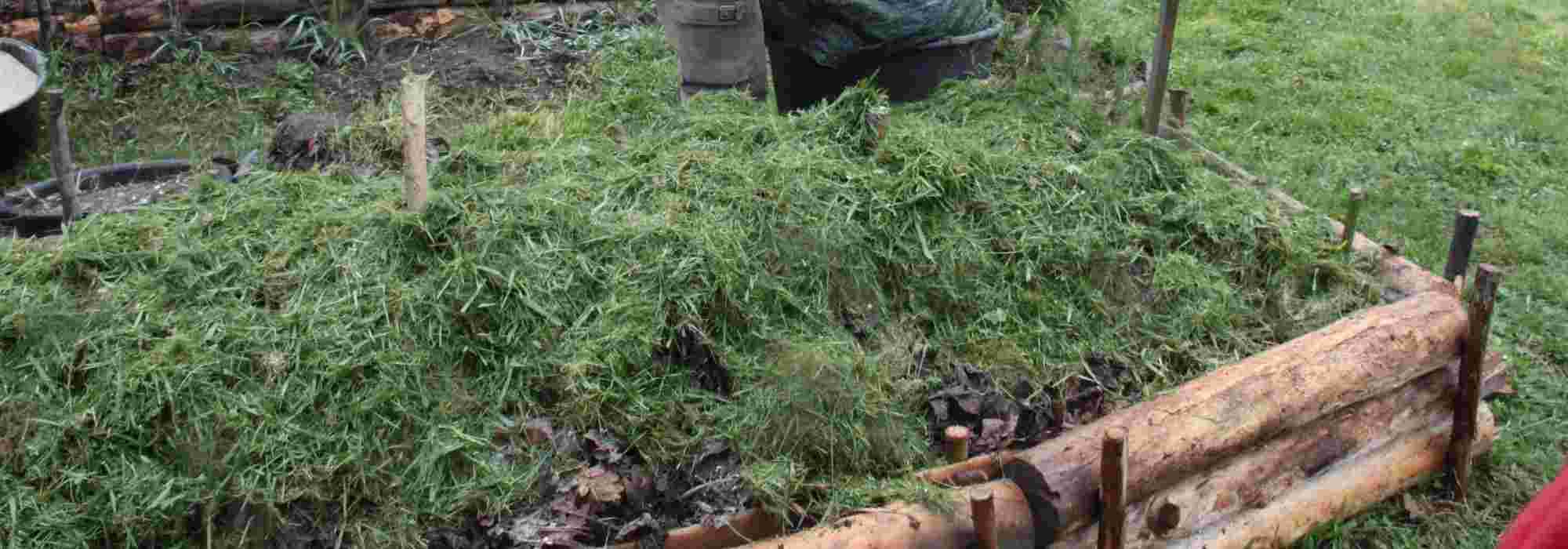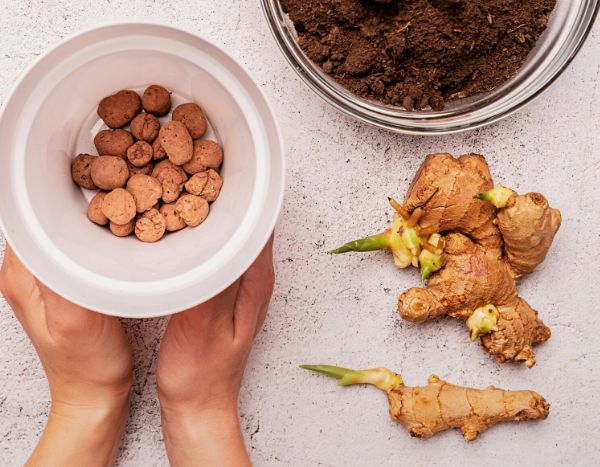

Estragon vrai en plant BIO
Organic True Tarragon plants - Artemisia dracunculus
Artemisia dracunculus
Tarragon, Biting dragon, Dragon plant
I only received two thin stems with barely a few leaves.
Aneta, 13/07/2025
Special offer!
Receive a €20 voucher for any order over €90 (excluding delivery costs, credit notes, and plastic-free options)!
1- Add your favorite plants to your cart.
2- Once you have reached €90, confirm your order (you can even choose the delivery date!).
3- As soon as your order is shipped, you will receive an email containing your voucher code, valid for 3 months (90 days).
Your voucher is unique and can only be used once, for any order with a minimum value of €20, excluding delivery costs.
Can be combined with other current offers, non-divisible and non-refundable.
Why not try an alternative variety in stock?
View all →This plant carries a 6 months recovery warranty
More information
We guarantee the quality of our plants for a full growing cycle, and will replace at our expense any plant that fails to recover under normal climatic and planting conditions.
Description
Tarragon is a perennial herbaceous plant with a gentle aniseed flavour. It is an aromatic herb that is appreciated for flavouring salads, omelettes, and poultry. This condiment plant can be grown in both pots and open ground. The plug plants are produced using organic methods and can be planted from April to June. The leaves can be harvested from May to October.
This plant is organic: it comes from Organic Farming and carries the AB certification.
Tarragon belongs to the Asteraceae family and the Artemisia genus, just like absinthe and mugwort. It has a bushy habit and will reach a height of 80cm (32in) and a width of 40cm (16in). The flowers that appear during summer are sterile, preventing the plant from self-seeding (only Russian tarragon can be sown). Multiplication is done by dividing clumps or by propagation by cuttings. This perennial plant will die down during winter and reappear in spring.
This aromatic herb is used in Béarnaise sauce, to enhance salad dressings, or to flavour poultry.
Tarragon can be grown both in pots and in the ground.
Harvesting takes place from May to October, as needed. It is preferable to pick whole stems, rather than a few random leaves.
Consume freshly picked leaves quickly to fully enjoy their aroma. For longer storage, you can dry the leaves in the shade in a dry and airy place, then store them (chopped or powdered) in airtight containers. You can also freeze them.
Organic True Tarragon plants - Artemisia dracunculus in pictures
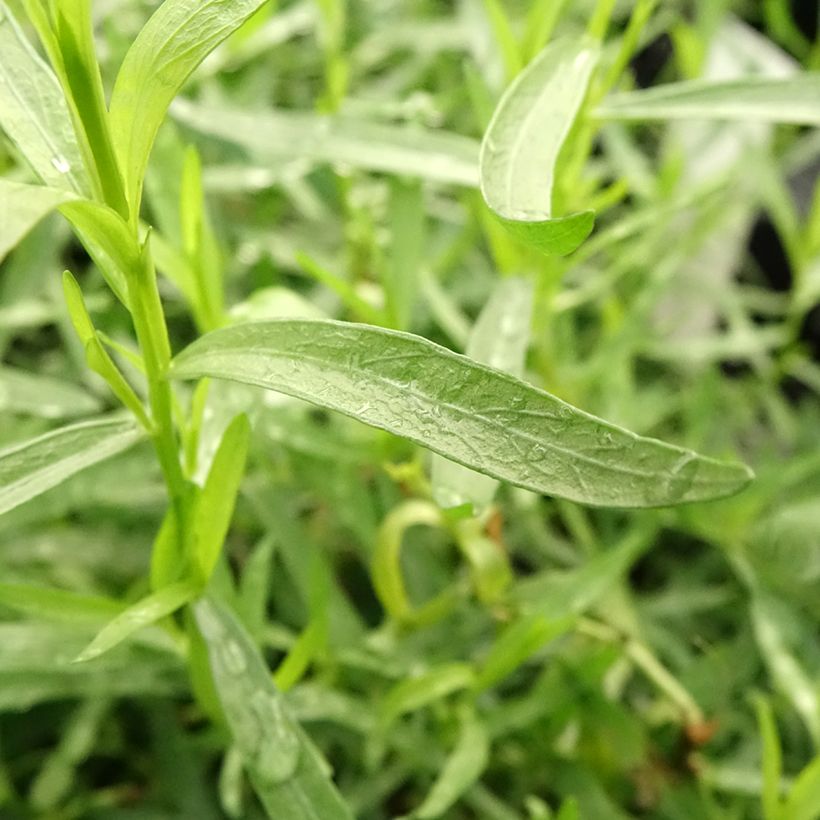

Harvest
Plant habit
Foliage
Other Vegetable garden A to Z
View all →Planting and care
Tarragon appreciates rich, light, and well-drained soils. Choose a sunny spot. Plant in spring, from April to June.
In open ground
If necessary, add compost to the soil during the previous autumn. Loosen the soil, and hoe in the compost to a depth of 5cm (2in).
Repot the plug plants in trays or pots with a diameter of 8 to 13cm (3 to 5in), filled with potting soil. Place them in a warm and bright place. Water regularly.
For planting in open ground, space the plants 40cm (16in) apart in all directions. Dig a hole and place a layer of gravel at the bottom to facilitate drainage. Cover with a little soil, place the plant, and cover with fine soil. Press down and water to keep the soil moist.
Protect the base from winter frosts.
In a pot
Place a layer of gravel at the bottom of the pot to facilitate drainage. Fill it with a mixture of potting soil, sand and compost. Place the plug plant very delicately, cover with soil, and press down well. Water to keep the soil moist. Place your pot in a sunny spot and bring it indoors before winter frosts.
Cultivation
Trim the flowers to promote foliage development. Pinch the young plants to encourage branching. Water very moderately, mainly in case of drought, as tarragon is sensitive to excess moisture. At the end of winter, cut the dry stems and trim the clumps.
Tarragon can be propagated by dividing the clumps in spring. This operation is recommended every 3 years or so.
Cultivation
Care
Intended location
Planting & care advice
-
, onOrder confirmed
Reply from on Promesse de fleurs
Haven't found what you were looking for?
Hardiness is the lowest winter temperature a plant can endure without suffering serious damage or even dying. However, hardiness is affected by location (a sheltered area, such as a patio), protection (winter cover) and soil type (hardiness is improved by well-drained soil).

Photo Sharing Terms & Conditions
In order to encourage gardeners to interact and share their experiences, Promesse de fleurs offers various media enabling content to be uploaded onto its Site - in particular via the ‘Photo sharing’ module.
The User agrees to refrain from:
- Posting any content that is illegal, prejudicial, insulting, racist, inciteful to hatred, revisionist, contrary to public decency, that infringes on privacy or on the privacy rights of third parties, in particular the publicity rights of persons and goods, intellectual property rights, or the right to privacy.
- Submitting content on behalf of a third party;
- Impersonate the identity of a third party and/or publish any personal information about a third party;
In general, the User undertakes to refrain from any unethical behaviour.
All Content (in particular text, comments, files, images, photos, videos, creative works, etc.), which may be subject to property or intellectual property rights, image or other private rights, shall remain the property of the User, subject to the limited rights granted by the terms of the licence granted by Promesse de fleurs as stated below. Users are at liberty to publish or not to publish such Content on the Site, notably via the ‘Photo Sharing’ facility, and accept that this Content shall be made public and freely accessible, notably on the Internet.
Users further acknowledge, undertake to have ,and guarantee that they hold all necessary rights and permissions to publish such material on the Site, in particular with regard to the legislation in force pertaining to any privacy, property, intellectual property, image, or contractual rights, or rights of any other nature. By publishing such Content on the Site, Users acknowledge accepting full liability as publishers of the Content within the meaning of the law, and grant Promesse de fleurs, free of charge, an inclusive, worldwide licence for the said Content for the entire duration of its publication, including all reproduction, representation, up/downloading, displaying, performing, transmission, and storage rights.
Users also grant permission for their name to be linked to the Content and accept that this link may not always be made available.
By engaging in posting material, Users consent to their Content becoming automatically accessible on the Internet, in particular on other sites and/or blogs and/or web pages of the Promesse de fleurs site, including in particular social pages and the Promesse de fleurs catalogue.
Users may secure the removal of entrusted content free of charge by issuing a simple request via our contact form.
The flowering period indicated on our website applies to countries and regions located in USDA zone 8 (France, the United Kingdom, Ireland, the Netherlands, etc.)
It will vary according to where you live:
- In zones 9 to 10 (Italy, Spain, Greece, etc.), flowering will occur about 2 to 4 weeks earlier.
- In zones 6 to 7 (Germany, Poland, Slovenia, and lower mountainous regions), flowering will be delayed by 2 to 3 weeks.
- In zone 5 (Central Europe, Scandinavia), blooming will be delayed by 3 to 5 weeks.
In temperate climates, pruning of spring-flowering shrubs (forsythia, spireas, etc.) should be done just after flowering.
Pruning of summer-flowering shrubs (Indian Lilac, Perovskia, etc.) can be done in winter or spring.
In cold regions as well as with frost-sensitive plants, avoid pruning too early when severe frosts may still occur.
The planting period indicated on our website applies to countries and regions located in USDA zone 8 (France, United Kingdom, Ireland, Netherlands).
It will vary according to where you live:
- In Mediterranean zones (Marseille, Madrid, Milan, etc.), autumn and winter are the best planting periods.
- In continental zones (Strasbourg, Munich, Vienna, etc.), delay planting by 2 to 3 weeks in spring and bring it forward by 2 to 4 weeks in autumn.
- In mountainous regions (the Alps, Pyrenees, Carpathians, etc.), it is best to plant in late spring (May-June) or late summer (August-September).
The harvesting period indicated on our website applies to countries and regions in USDA zone 8 (France, England, Ireland, the Netherlands).
In colder areas (Scandinavia, Poland, Austria...) fruit and vegetable harvests are likely to be delayed by 3-4 weeks.
In warmer areas (Italy, Spain, Greece, etc.), harvesting will probably take place earlier, depending on weather conditions.
The sowing periods indicated on our website apply to countries and regions within USDA Zone 8 (France, UK, Ireland, Netherlands).
In colder areas (Scandinavia, Poland, Austria...), delay any outdoor sowing by 3-4 weeks, or sow under glass.
In warmer climes (Italy, Spain, Greece, etc.), bring outdoor sowing forward by a few weeks.































